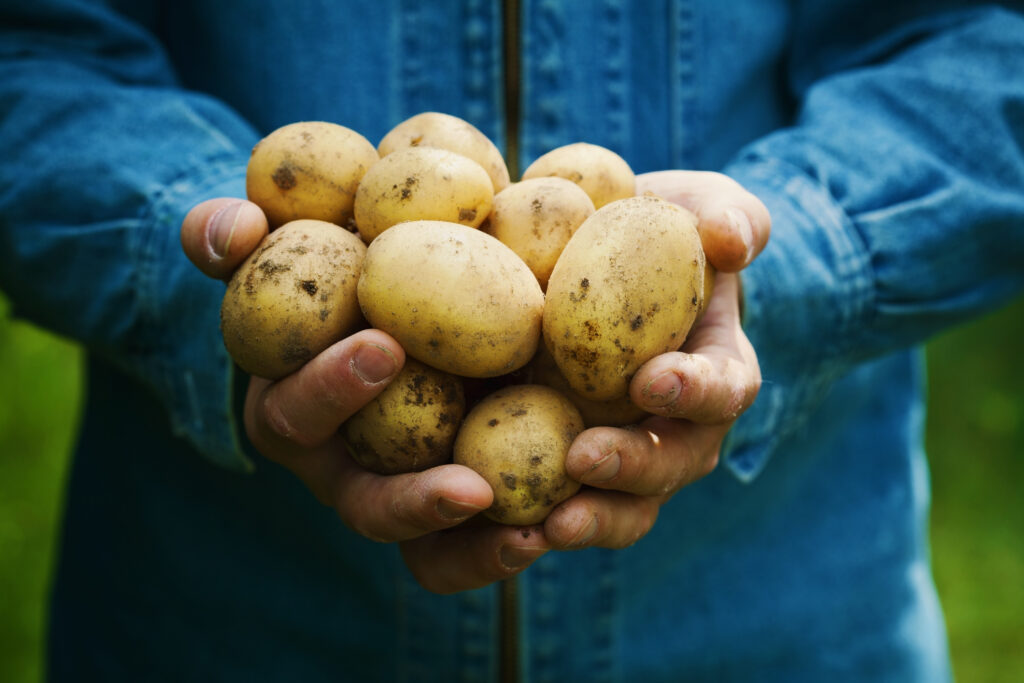Have you ever heard of resistant starch? Starches are carbohydrates with branching chains of glucose. There are three types of starches, which are categorized by their digestibility. The three types are rapidly digestible starch, slowly digestible starch, and resistant starch. Resistant starch (RS) is a type of starch that resists digestion in the small intestine. If you’ve never heard of resistant starch before, don’t worry, because this post will teach you everything we think you should know about it. Keep reading to find out the health benefits of consuming resistant starch in your diet and foods that are high in this type of starch.

Blood Sugar Regulation of Resistant Starch
Insulin is a hormone created by your pancreas that controls your blood sugar levels. Consuming resistant starch in your diet can improve insulin sensitivity. Having good insulin sensitivity refers to how well your cells can utilize glucose. In contrast, being insulin resistant is what can lead to type II diabetes. So, resistant starch can improve your blood sugar levels by helping your cells be more responsive to insulin.
Prebiotic Benefits of Resistant Starch
Resistant starch acts as a prebiotic. Prebiotics are fiber rich foods that help promote the growth of beneficial bacteria in our gut microbiome. Since resistant starch passes through the small intestine undigested, this allows for it to be fermented by gut bacteria in the large intestine. Prebiotics essentially act as “food” for the good bacteria in our gut. Consuming prebiotic rich food is a great way to support the health of your microbiome. Having a strong gut microbiome helps promote digestion, mood, immune system health, hormone regulation, and manage inflammation levels.

Resistant Starch Can Help Lower Cholesterol Levels
Consuming a diet high in resistant starch can help assist in maintaining healthy cholesterol levels. High cholesterol levels can lead to atherosclerosis (narrowing of the arteries), heart attacks, and strokes. So if you struggle with high cholesterol levels, you may want to consider consuming more foods in your diet that contain resistant starch.
What Foods Contain Resistant Starch?
Resistant starch is found in a variety of foods, including whole grains, seeds, legumes, and starchy fruits and vegetables. So some specific food that contains RS include oats, rice, beans, lentils, barley, potatoes and plantains. Unripe, green bananas also contain a lot of resistant starch as well. One way to add RS into your diet is by adding green banana flour or raw potato starch powder to a smoothie.
One form of resistant starch, called type 3 RS, is formed from cooking and cooling certain starches, such as rice, pasta, and potatoes. This will also lower the glycemic index of these foods. A food’s glycemic index is a measure of how quickly it will spike your blood sugar levels, so preparing and consuming foods with a lower glycemic index will help avoid blood sugar spikes and crashes. This means there may be extra benefits to meal prepping or eating leftovers than just saving yourself time!
